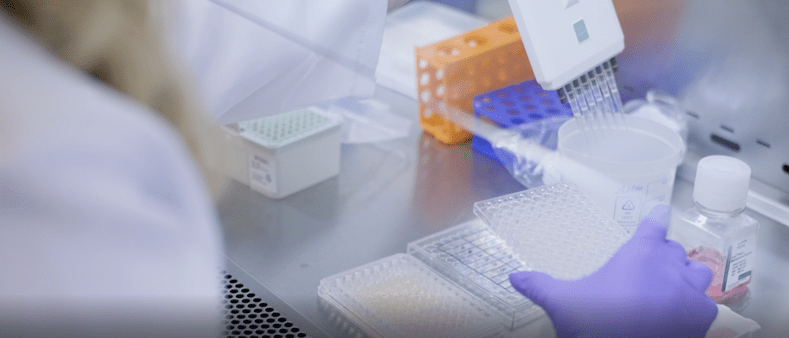 Notoriously known for its symptoms of mental decline, Alzheimer’s Disease (AD) is a common disease that is mainly found in elderly adults. Symptoms are memory decline, confusion, poor memory retention, and the inability for basic comprehension (severe cases). The cure for this disease remains an elusive one, with numerous pharmaceutical companies continually going through clinical trials, developing new compounds, and researching for targets and receptors. A revolutionary medicinal breakthrough, if achieved, has pharmaceutical companies across the globe racing to find the cure.
Notoriously known for its symptoms of mental decline, Alzheimer’s Disease (AD) is a common disease that is mainly found in elderly adults. Symptoms are memory decline, confusion, poor memory retention, and the inability for basic comprehension (severe cases). The cure for this disease remains an elusive one, with numerous pharmaceutical companies continually going through clinical trials, developing new compounds, and researching for targets and receptors. A revolutionary medicinal breakthrough, if achieved, has pharmaceutical companies across the globe racing to find the cure.
The BBB and Alzheimer’s Disease
The brain is an essential organ that dictates our thoughts, movements, and behaviors. Due to its sensitivity and importance, the brain is inherently protected by what’s called the blood brain barrier (BBB), which is composed of glial cells, pericytes and neurons. It is a highly selective and complex, it is found in the blood vessels of the brain (system called neurovascular unit or NVU), and it is semi-permeable to few compounds. This is important when addressing the cures for AD, as therapeutic compounds will need to effectively penetrate the said barrier since AD is a progressive degenerative condition that will not improve, even with medications. Once diagnosed, the patient’s neural health goes on a decline, with no way of reversing the trend. It is caused by an abnormal accumulation of β-amyloid plaques and Tau proteins, which are proteins that are toxic to neurons and blocks cell-to-cell signaling. As it turns out, having a healthy BBB aids in metabolizing these toxic proteins and maintaining chronic inflammation from these protein aggregates. It was also found that an early breakdown of the BBB is associated with AD as well as onset dementia, which further proves the importance of BBB in neurodegenerative diseases (Montagne, et al).
Treatments
Most of the treatments being developed treats for different aspect of the disease. As of January 2022, 31 compounds were in 47 trials in Phase 3, 82 compounds in 94 trials in Phase 2, and 30 compounds in 31 trials in Phase 1 and of those compounds 83.2% were disease-modifying therapies, 9.8% for symptomatic cognitive enhancing treatment and 6.9% for neuropsychiatric symptoms (Cummings, et al). In January 2022, out of the 85 compounds in clinical trials phase 2, only 2 compounds claimed to aid in BBB penetration.
AD is a difficult disease to treat, more research and studies need to be done. Here, at Visikol, we offer an array of different assays, which include our new in vitro BBB permeability model. Reach out today to consult with our specialist about the assays available for your studies.
References:
Zenaro, Elena, et al. “The Blood-Brain Barrier in Alzheimer’s Disease.” Neurobiology of Disease, vol. 107, 2017, pp. 41–56., https://doi.org/10.1016/j.nbd.2016.07.007.
